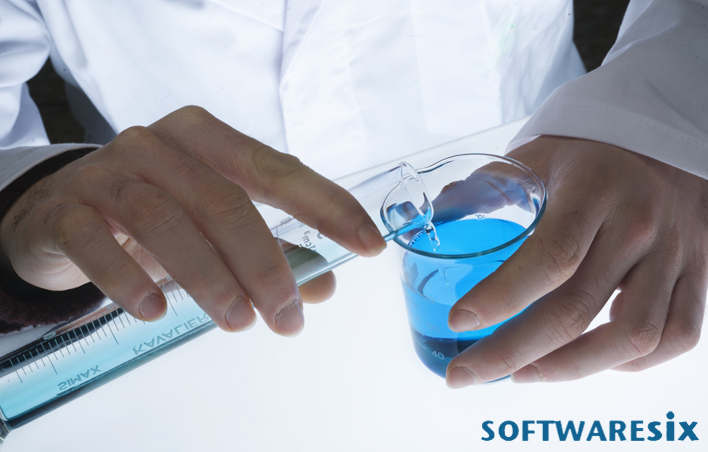As the saying goes, necessity is the mother of invention. IBM has long been on the forefront of innovation and recently they demoed their next big thing: an automated system capable of performing chemical synthesis. This process is important because it allows for the synthesis of a molecule that has the potential to help defeat COVID-19.
To show off their invention, IBM invited around 20 journalists to demo the tech virtually. During the demo, the journalists watched as the automated system synthesized, tested and then analyzed the molecule.
The automated system is based on a complex system that went into development nearly 3 years ago, before COVID-19 was heard of. The system utilizes artificial intelligence to predict what chemical reactions could happen in a given situation. IBM made the service public on the Cloud in 2018 under the name RXN for Chemistry.
Not one to sit back on a project, IBM improved upon this earlier technology as advancements became available. Now RXN for Chemistry is RoboRXN for Chemistry after Cloud-based AI robotics were incorporated.
The driving force behind RoboRXN for Chemistry is that it employs machine learning translation that takes chemistry and uses it as a form of language translation. In this way, the system “translates” chemistry by using reactants and reagents and converting them into products using Statistical Machine Intelligence and Learning Engine (SMILE) to name the chemical entries into the program.
Additionally, IMB ensured the RoboRXN for Chemistry would produce quality data by also utilizing an automatic data driven strategy. Basically, IBM researchers taught AI chemistry by exposing it to a data set of millions of chemical reactions that contained errors. The AI was then asked to validate that the chemical examples it was presented with were correct.
RXN for Chemistry already contained the AI capable of performing the above functions, but when IMB innovators incorporated robotics into the system, it was made that much better. According to Matteo Manica, an IBM Research Zürich researcher specializing in Cognitive Health Care and Life Sciences, one reason robotics was a beneficial addition is that rather than having a chemist perform the reactions with the system, the robotics can do it for them. Thus, freeing up chemists from having to redesign synthesis from scratch.
Moreover, robotics don’t tire, so the automated robotic system can run 24 hours a day, 7 days a week if it’s required. The Cloud capabilities also means that the system can be run from anywhere.
When RoboRXN for Chemistry becomes available, IBM has 2 business models. Companies will have the option to onboard the whole system on premises or they can license a private Cloud installation.
IBM doesn’t plan to stop here with RoboRXN for Chemistry, however. According to Teodoro Laino, manager at IBM Research Europe, eventually IBM hopes that the technology will act as an “Amazon of Chemistry” and be capable of providing chemical services to the world.
